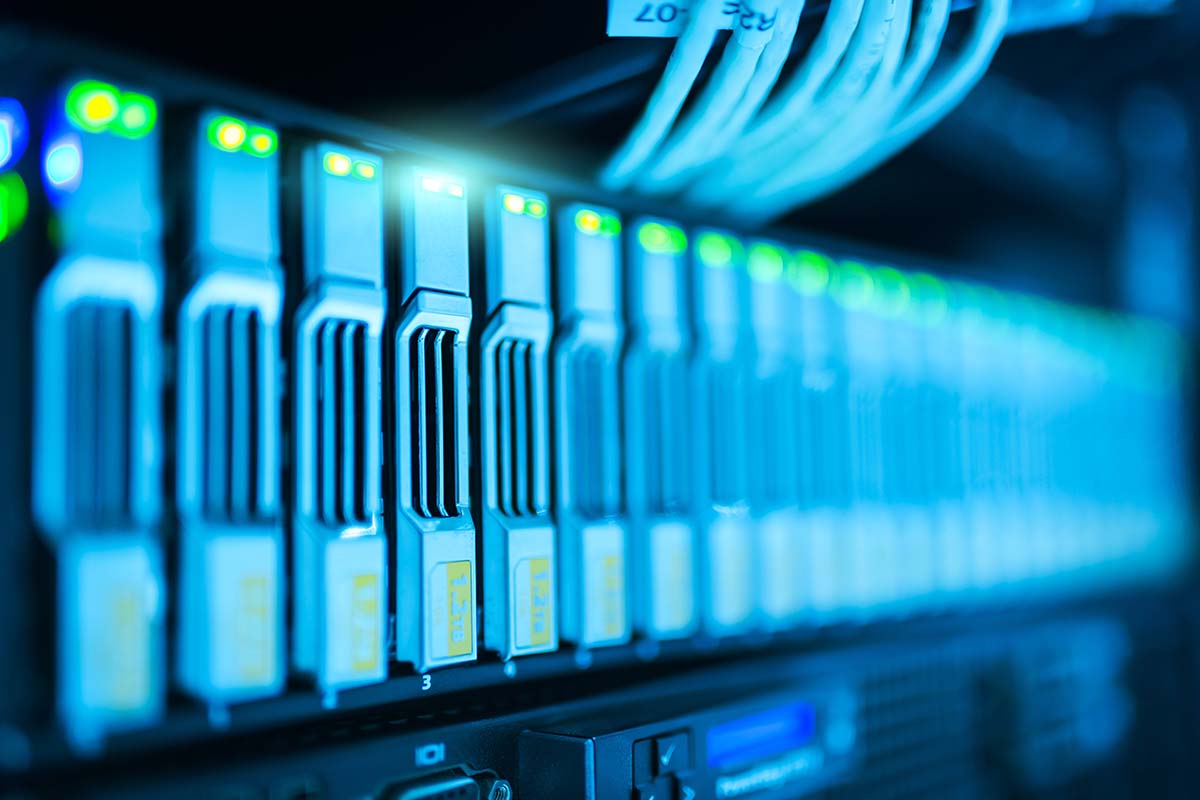Getting Started With a Server – For Beginners
A server is a computer with high processing power, which provides services to other devices and programs on a network. It also performs backups, automates tasks, and is extremely reliable. This article explores the various uses of a server and how you can use one in your daily life, in and out of the office.
Servers are high-powered computers
A server is a high-powered computer that offers services to other computers. Unlike a desktop computer, which has a keyboard and monitor, a server is designed to run software services for other computers.
It comes with a high-powered processor, fast RAM, multiple hard drives, and a network interface. Host hard drives operate much faster than desktop computers.
There are various types of servers, but most hosts are used to manage the back-office operations of companies and organizations. This type of high-powered computer is an important part of any IT infrastructure because it stores much of the data that a company needs to run.
According to www.microsoft.com/reports, Microsoft is a leading host manufacturer, with a 22% share of the Internet server market and 38% share of the office host market.
This shows that the company understands the importance of hosts for network performance. In addition to having the largest market share, Microsoft has a significant stake in the host industry, and they have controlled the desktop operating system and Internet browsers. In a data center, a host provides computing services for other devices and programs.
This makes it easy to host a secure email server, maintain an online store, or develop a shared hard drive for internal users. A host also eliminates relying on the Internet for data storage.
This makes it an important part of a small business’s technology stack. A host can run many small processes at once, and it’s the best option if you want to keep the data safe.
Getting Started With a Server: Resource Sharing
A host is a piece of hardware or software that provides services to other computers and devices on a network. Its role is to share resources and coordinate the activities of a network of computers.
According to this definition, every computer connected to a network serves as a server for other devices and programs on the same network. The services it provides range from file storage to printing and faxing. Hosts may also offer full access control.
A host can be a local network computer that connects to a switch or router. They provide services to other devices and programs on a network. The computer’s job is to distribute data and work, allowing other computers to access the resources. Web hosts, for example, help user’s view and search websites.
These services require IP addresses assigned by the web page’s host and InterNIC. Network servers provide various services to workstations, including email, hardware access, and file storage. Hosts are typically more potent than a single workstation, which means they can handle more data and perform more tasks at once.
In computing, a host is a computer program that offers services to other devices on a network. Clients obtain these services from the host. Multiple servers may be located on the same physical device, as long as they are connected to the same network. Multiple hosts may be run on one machine, each serving different clients. It is important to note that the functions of a host depend on its type.
Getting Started With a Server: Types
There are different kinds of hosts, and their requirements are based on the specific applications. Typically, the central processing unit, or CPU, controls the overall functions of the server.
This is usually measured in terms of processing speed. Servers may also have a high I/O throughput and must have fast network connections. A host may be headless, meaning it does not have an input device and runs in headless mode without an input device.
Some hosts also do not have audio or USB interfaces. The best-automated backup systems can integrate with multiple resources, including data-center servers, orchestration platforms, and capacity management technologies. They can also automatically back up your information, which is incredibly useful today.
With the increasing popularity of cloud-based computing, data protection must be automated. Top-tier automated backup systems run in the background without interfering with day-to-day operations. Additionally, they don’t require manual data manipulation. That means your data is protected at all times. However, how do automated backup systems work?
An automated backup solution will be configurable to your exact needs, whether you have a high-volume eCommerce business or a small consultancy. You can set up backups to happen on a schedule that won’t interfere with your employee’s productivity, and you can decide who has access to the backups. Automated backups are a lifesaver for busy people who can’t afford to lose data.




















